HMD specializes on renovation projects that honor the home's character while adding a modern interpretation.
Explore The Blog
Home Rennovations
Do-It-Yourself
Home Styling
Favorite Things
Case Studies
Top 5 Things to Look for When Hiring a Dallas Interior Designer
Whether you’re planning on renovating your entire house or just redecorating a small area, you may have questions about what kind of services you need from an interior designer. In addition, how can you confidently know that you’re hiring a designer that will be a good fit?
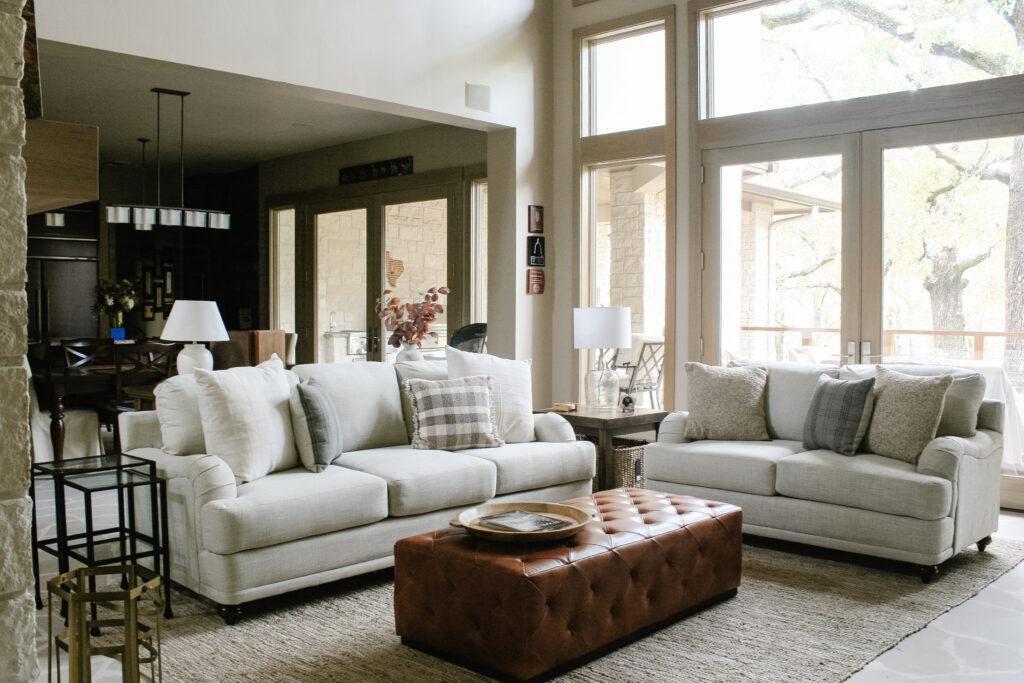
I am a local Dallas interior designer and I’m going to give you an inside look to the industry so you can hire the best designer for your needs.
1. | What’s the scope of the project?
Before we dive into this mysterious industry, let’s start with your needs. If you’re already searching for a designer, I’m betting you already have a project or two in mind. It is always best to begin your interior designer search by making a list of projects and their scope.
For example, are you wanting to renovate your kitchen? If so, make a list of all the items you want to update. Is this a complete gut job where nothing is salvaged? List what you would like from the space. Knock down a wall and add an island? Keep the cabinet bases but reface the doors?
It is also important that your list is comprehensive. If we stick with the previous example of a kitchen renovation but you also know that you’d like to have all the interior walls painted, make sure that’s on your list because it can lead to a false estimate on design fees if the full scope isn’t stated on the front end. Everyone involved hates those conversations mid-project about how the costs are going up because there is scope creep.
On the other hand, if you have a number of projects that you’re not sure you can afford, I always encourage my clients to list them because there may be some project efficiencies if they happen simultaneously. Back to the kitchen and interior walls example, if you’re having a painter coming in for your cabinets then it will likely cost less to add on painting the walls than if you did both of these projects at separate times. In addition, the designer likely won’t add too much extra in fees if they’re picking out a couple extra paint swatches.
Answering these questions beforehand will ensure that you have clarity in what kind of designer is needed. I can attest that not all designers offer the same services or have the same number of connections.
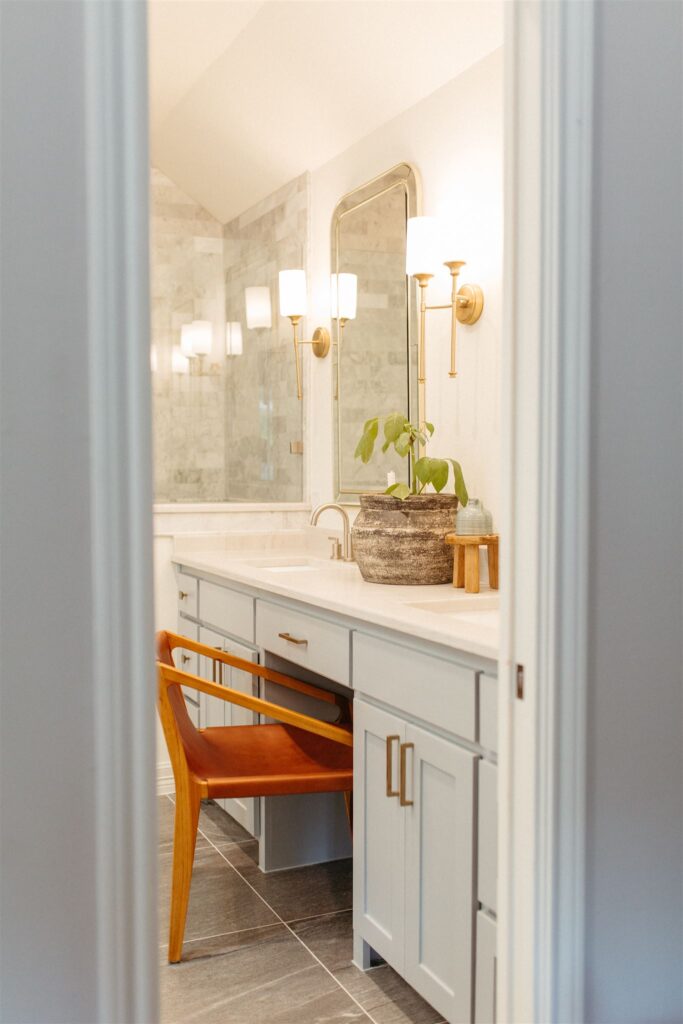
2. | What’s the designer’s fee structure?
Unlike other industries, the fee structure in interior design can actually vary greatly. I’m not necessarily talking about the percentage or dollar rate but the philosophy designers have in charging for their services.
There are two common fee structures in the interior design industry.
Hourly fees
In this method, the designer will charge an hourly rate to their clients based on the time spent working together. Some designers will give a ballpark on the front end so clients know a range to expect and others will simply track their time and give their clients regular updates.
A perk of working with a designer on an hourly basis is that you’re only paying for the time spent. So if you’re a decisive client, you will reap the benefits. Another perk of this fee structure is that these designers are typically willing to take on smaller projects since their billing is more flexible.
Flat fees
For the flat fee method, designers will give you a dollar amount for your project scope. Some clients prefer this method because they know a concrete total for the design fees. While this is not necessarily a rule, many designers who charge a flat rate won’t take on projects unless they hit a certain threshold.
Depending on the size of the firm or the experience, the rates can fluctuate a fair amount. As a general rule, about 15% of the total budget can be allocated to design fees.
In-house designer
This is not a fee structure but is worth mentioning. Some general contractors will have in-house designers that help with their projects. This model is great for those wanting efficiency and a one-stop-shop. It is a bonus that these teams know how to work with one another and most likely have a proven process. The downside is you may sacrifice some creativity as the designer doesn’t work for a design firm. This is not always the case, but typically these designers don’t have the same range of experience.
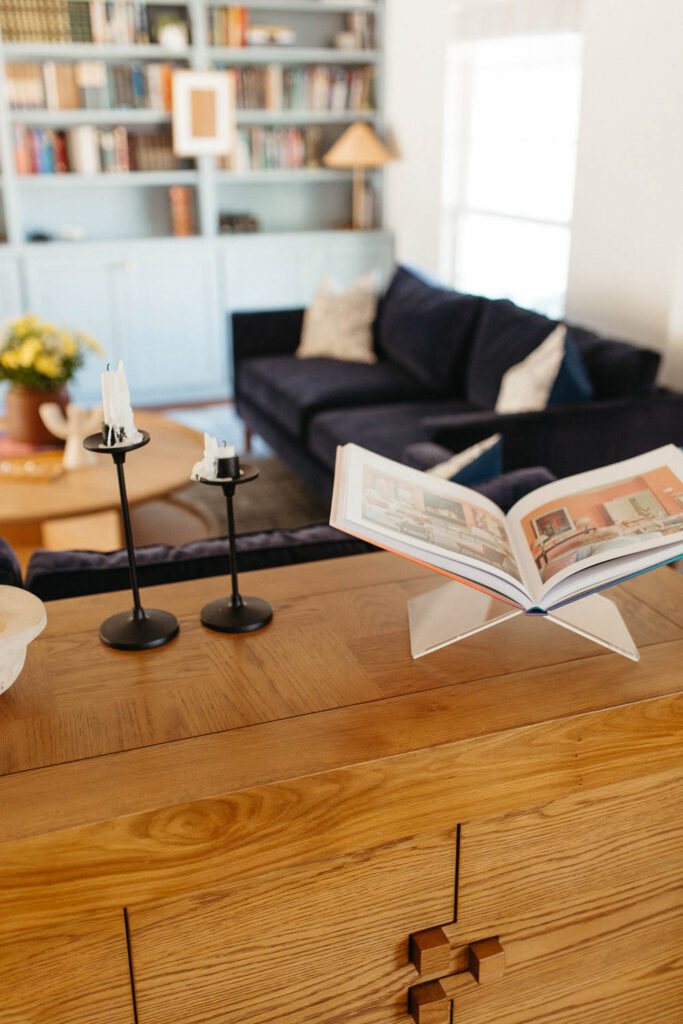
Which fee fits your interior design project?
So now that you know the general fee structures within design, how should that impact your search? If you have a smaller project like furnishing a room or spatial planning then an hourly rate might flex to fit your needs better.
If your project is a renovation or full service design then it comes down to which structure is more comfortable to you. Another good follow up question for your designer is whether they will handle the sourcing of materials. This follow up detail may help determine your preference on fees as well. In the case that the designer is hourly then sourcing your own materials may save on design fees..
These contracts are typically negotiable so don’t be scared to have a detailed conversation as you weigh your designer options.
3. | What level of comfortability do you have with design?
The beauty of technology is that designers now offer a wider variety of services from full-service to remote e-designs.
E-design is when a designer takes the dimensions of a space and creates a design virtually that is executed by the client. It can be a big money saver but only if you’re comfortable with sourcing and set up.
While most e-designs include a design spatial layout, some people are still uncomfortable with those finalizing details. If this is you, then I’d highly recommend a full-service design level. This route will ensure you end with a space that has magazine-worthy finalizing touches. (And yes, I’m talking to the individual that’s intimidated to style your built-ins — no shame! Just helpful to identify this beforehand.)
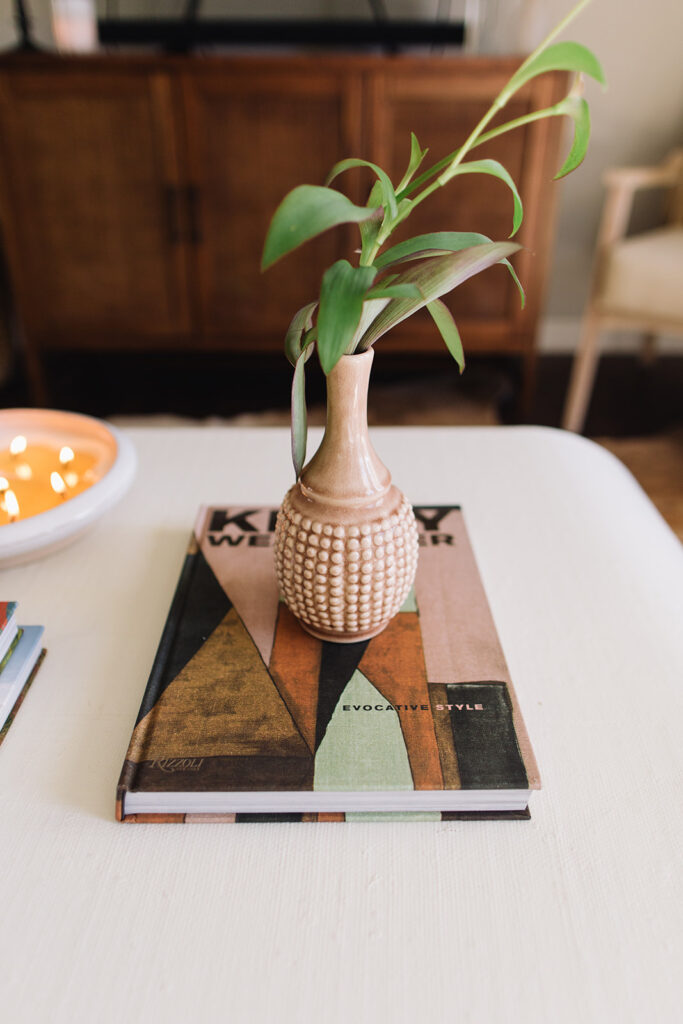
If you’re considering a renovation, then your designer can either make a “master plan” that gets handed off to your contractor or you can opt to have them involved throughout the whole process, working directly with the contractor and architect.
Not every designer offers all these various levels so self identify your preference and let this factor help you whittle down your designer search. Especially if you live in a metroplex like Dallas that has a plethora of interior design options!
One other factor that’s worth mentioning is that depending on the level of service you desire, it may create new confines on your designer’s location. So if you’re located in DFW and need a renovation, I’d recommend keeping your search within the confines of a Dallas interior designer but if you’re open to e-design, your options have no geographical limits! A small caveat is that some designers will travel for full-service design but understand their travel premiums before going this route.
4. | What’s in the designer’s portfolio?
This is a critical element of your research when determining fit. Some designers work in a more singular design style whereas others have range directed by the client’s taste.
A simple way to see the designer’s style scope is to look at their website portfolio. See what kind of variety exists in both style and spaces. Do they show any kitchens if you’re looking to do a kitchen renovation? Would you define their work as modern, transitional, contemporary, coastal, or is there a spectrum?
In this day and age, it’s also smart to see if you can find the designer’s Instagram page. This may show more range for their projects and the most recent work.
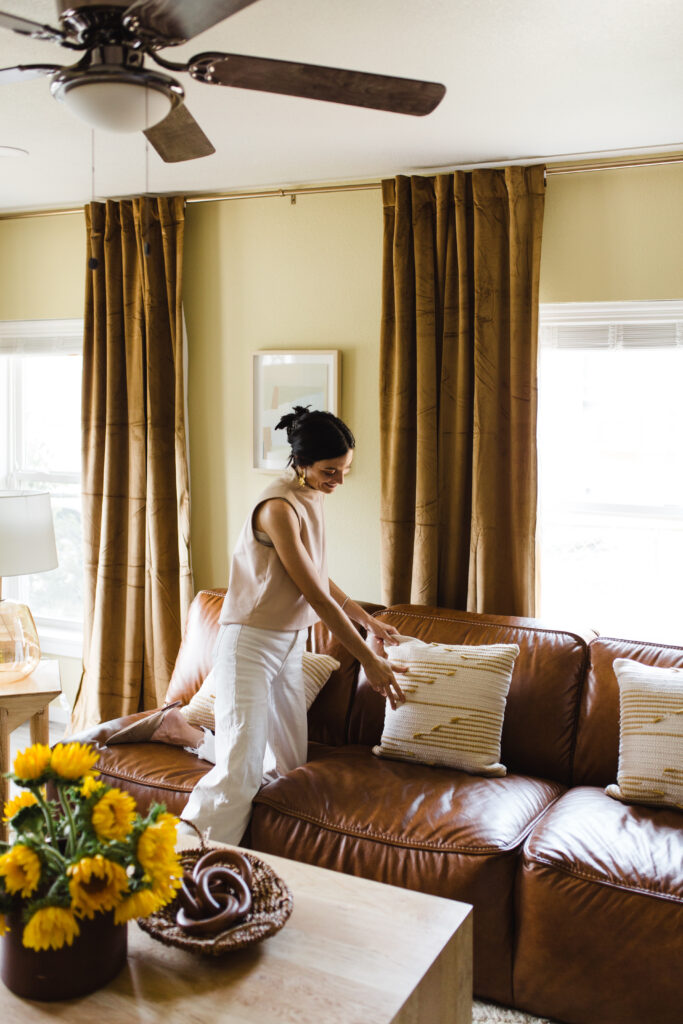
5. | What’s the designer’s availability?
This final factor can be a deal breaker. After completing all your due diligence, if the designer is booked up for 2 years are you willing to wait? Sadly, some of the most talented designers tend to book many months in advance so this is a critical question to ask as you begin preliminary conversations.
In addition to a start date, it’s also important to see how long the designer anticipates your project will take. Each designer has their own process and work load. Obviously, if your project is a renovation there are outside factors that impact the timeline but ask the designer’s opinion based on past experience to get a realistic gauge.
______
So there you have it! 5 tips to consider when you’re searching to hire a Dallas interior designer or really a designer anywhere. Hopefully, you feel equipped to start the hunt and have a list of questions prepared beforehand.
Sincerely,
HMD
Curious to learn more about working with Hope Miriam Designs? Click here!
This quarterly newsletter is our avenue to share home items we’re loving, tips and tricks we utilize to elevate our designs and the latest client homes we’re curating